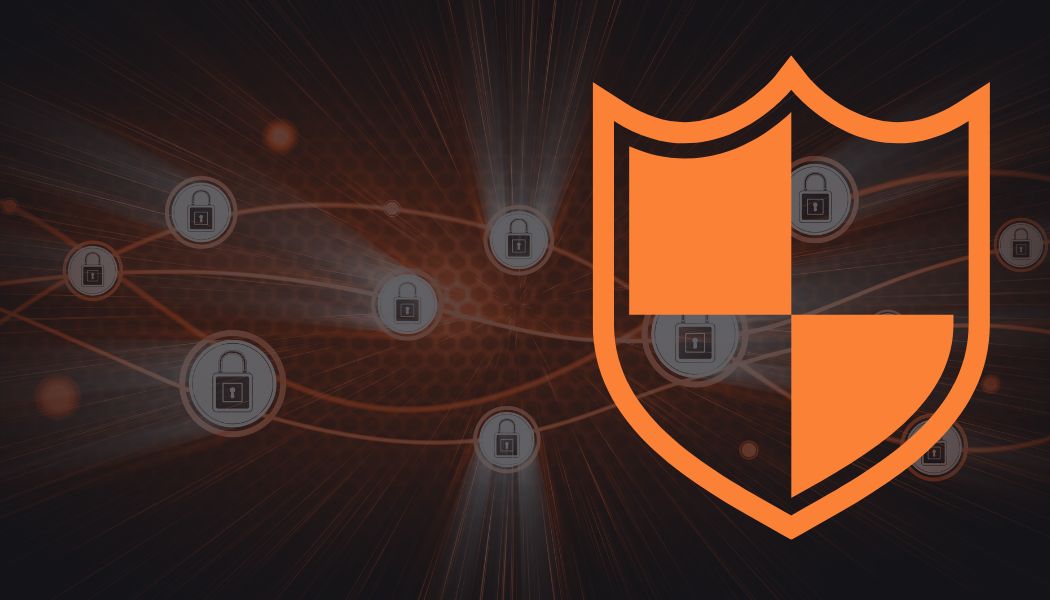Sustainable IT is not about returning to the Stone Age
While businesses are overwhelmed with climate advisories, the non-physical aspects of digital utilization seem to evade critical examination. Digital services, despite their intangible nature, do pollute, incur costs, and are not immune to the usual constraints. Solutions are available, but the key lies in identifying the right avenues: actively reducing usage, expenses, and the environmental footprint of digital services is a pragmatic and achievable endeavor...
In 2023, the digital sector as a whole has a greater impact on the climate than all of global civil aviation. Mining and rare metals are the primary contributors to these impacts: soil acidification, groundwater pollution, reduction in biodiversity, and ecosystem destruction. Devices intended for the general public account for two-thirds of the digital world's overall footprint due to their exponential numbers. While individuals can take action to limit the overconsumption of computer hardware, what factors can businesses influence, and at what cost?
The totality of networks and data centers contribute to just over a third of the digital footprint. Unlike individual consumer devices, 80% of the impact from data centers is linked to their intensive use. Beyond symbolism and good governance, it is time for digital players to take responsibility for the use of cloud computing and their digital services.
Buzzwording
The digital sector is not immune to the emergence of new qualifiers and greenwashing, the latter being adopted either as a feel-good measure or, in other instances, as a self-proclamation of expertise to gain some advantage. Initiatives multiply and become entangled in confusion; experts vie for recognition as the pioneer of the greenest initiative. Meanwhile, businesses find themselves torn between an awareness of the issue's significance and the overall lack of coherence in the field.
Associations and institutional entities find themselves in competition with private alliances established to promote their own consultants. The ultimate goal: to financially exploit an emerging need and capitalize on the ambiguity and absence of a global standard. This situation leads to the creation of certifications lacking substance, without proper follow-up, and devoid of verification by a trusted authority.
Nevertheless, some initiatives and governments are ahead of the curve. We can note the European network ISIT, the German SDIA, the French government, and other isolated but growing projects. These joint efforts signify an awakening and a strong determination to move towards more responsible digital practices.
Growing Awareness
Businesses are starting to grasp the magnitude of this issue, with major corporations already incorporating digital aspects into their Corporate Social Responsibility (CSR) policies. Associations of large enterprises and public administrations are setting the trend with landmark online publications that align with directives from European bodies: the digital realm will be sustainable, responsible, and will consider the societal and environmental impact of the sector.
Associations are expanding beyond borders, fueling these initiatives with studies based on established and measured facts. The recommendations are plentiful and necessary to guide a market where everything appears to be limitless.
Back to the future

Sustainable IT doesn't mean regressing to the Stone Age and forsaking technology; on the contrary, it involves pinpointing digital tools that meet clearly defined needs and embedding them in a framework of technical moderation that remains entirely transparent to users.
However, mere procedures or grand principles alone will not suffice; digital services are inherently complex and are implemented by those on the front lines, the developers. It is at this level that action must be taken to achieve tangible results.
The tools and current techniques used to establish a digital service are built upon a model where material resources are not factored into the equation due to their abundance. Application software, both open-source and proprietary, simply do not structurally incorporate these considerations. This underpins the challenge in reducing the footprint of a digital service, both in terms of network usage and the hardware within data centers.
he temptation, therefore, is to prioritize more attainable actions such as reducing printer usage or limiting email attachments. While all measures are a step in the right direction, it's crucial that these minor initiatives don't obscure the larger landscape of actions needed in the realm of sustainable IT service design and their hidden impacts, often veiled by the cloud.
Tangible Gains
Sustainability in digital services is a genuine economic lever, enabling an expansion of the customer base by being more inclusive. More significantly, it can slash companies' IT infrastructure costs. Disruptive systems have the potential to reduce IT system complexity, potentially cutting hardware needs by a factor of ten. Consequently, systems become easier to maintain and evolve, a non-trivial consideration given the current scarcity of IT talent in the market.
However, at the risk of being unpopular, it is utopian to believe that a structural problem can be solved using the same techniques and habits that initially led to this drift. Yes, we need to change the way we design digital services. Yes, we must rebuild everything to address new challenges. And yes, the return on investment is there.



